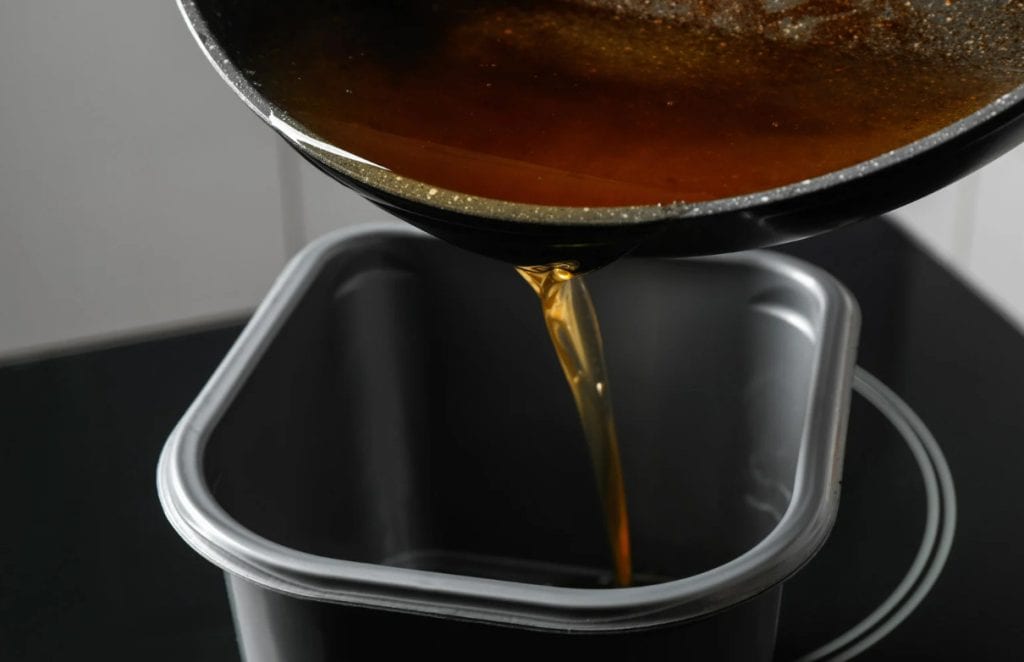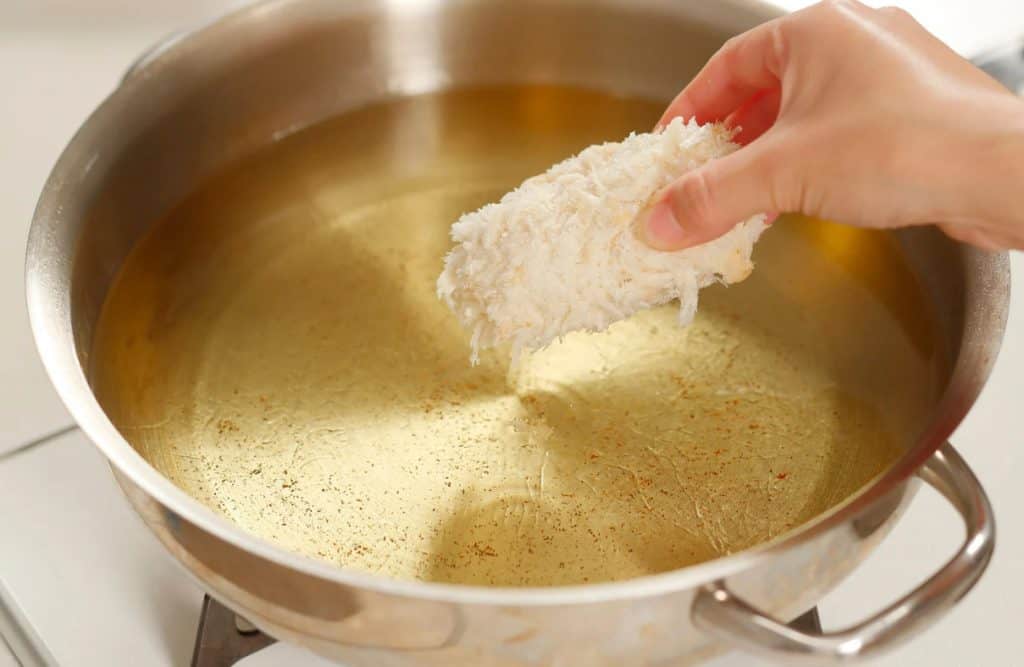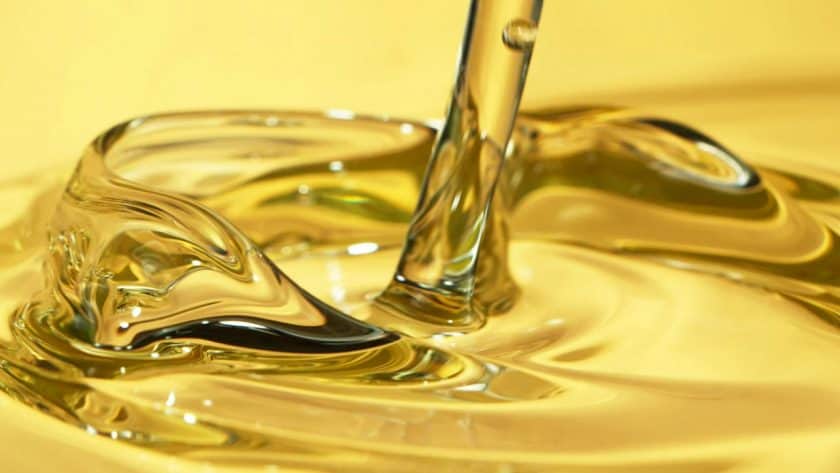Commercial kitchens are busy places, and fryers play a big role in their success. Managing frying oil well isn’t just about making tasty food-it’s also key to saving money. What steps can you take to avoid the seven most expensive mistakes in frying oil management?
The answer is in using thoughtful routines, smart decisions, and paying attention to important details. If you aren’t careful, oil can wear out faster than it should, leading to higher costs and lower food quality.
This guide breaks down common mistakes and gives you practical tips to make your oil last longer and keep your food quality high. If you’re looking to save used cooking oil and get the most out of it, understanding these points is key.

Why Good Frying Oil Management Is Important
Frying oil is a basic part of any commercial kitchen. Its condition affects everything from the way your food tastes and looks to the costs of running your business. Poor oil management can bring unseen costs that go way beyond just replacing the oil.
Effects on Food Quality and Customer Experience
The oil you use has a direct link to the food you serve. If you don’t filter it, top it up, or change it on time, the oil breaks down. Signs include dark or greasy food or food that isn’t cooked evenly. Customers can quickly notice these problems, and even one bad meal could lead to bad reviews and lost customers. Keeping oil clean and fresh helps build your food reputation and customer trust.
Effects on Costs and Profits
Bad oil habits can hit your wallet hard. Skipping steps like proper filtration or using the wrong cleaning methods makes oil wear out faster. This means you’ll need to buy oil more often-one of the biggest costs in a busy kitchen.
For example, if you don’t filter your oil in large fryers, you might change it twice as often as needed, which doubles your spending. With oil prices rising, those extra costs can quickly eat into your profits.
Health, Safety, and Legal Reasons
Managing oil the right way isn’t just about money or taste-it’s also about health and safety. Old oil can release harmful substances, like acrylamide, especially if you fry starchy foods often. Acrylamide builds up after many uses and is a health risk.
Oil full of food bits and carbon is also a fire danger and makes the fryers harder to clean, raising the risk of slips and falls. Following your oil management rules-like changing it when tests say it’s worn out-keeps your food safer, helps protect your staff, and means you’re following health rules.
What Are the 7 Most Expensive Mistakes in Frying Oil Management?
Even skilled kitchen teams can fall into bad habits that quietly waste oil and hurt food quality. These mistakes can reduce profits and make work harder.
1. Overheating the Oil
One big problem is letting frying oil get too hot. Many believe higher heat cooks food faster or better, but that’s not true. Overheating breaks down oil, causing bad smells, off flavors, and thicker, darker oil. Your fryer’s thermostat may not always be right, so always check. Cooking at too high a temperature not only ruins oil but can leave food burnt outside and raw inside.
2. Not Filtering the Oil Often Enough
If you don’t filter oil regularly, food bits and carbon collect, breaking down the oil faster. Dirty oil tastes bad, smells bad, and can transfer flavors. It also creates stubborn buildup on fryer parts, making cleaning more annoying and costly. High-use fryers need strict filter routines to keep oil clean and extend how long you can use it.
3. Poor Fryer Cleaning Habits
Improper cleaning-from using the wrong chemicals to skipping rinses-leaves behind residues that spoil oil and affect taste. If the fryer’s heating parts stay dirty, they work less efficiently and speed up oil wear. Always follow the manufacturer’s directions and use food-safe cleaners to avoid these troubles.
4. Using the Wrong Kind of Oil
Choosing an oil with a low smoke point or that’s not meant for deep frying is another expensive slip. Some oils break down quickly at high heat, causing flavor problems and more frequent oil changes. Go for high-quality oil made for fryers so you get better results and longer-lasting oil.
5. Storing Oil the Wrong Way
Oil kept in open containers, near heat/light, or uncovered will spoil faster-even before it’s used. Exposure to air or nearby frozen foods can cause splattering. Oil stored in bright or warm areas also goes bad quickly. Always use sealed containers in cool, dark spots for both new and used oil to keep it at its best.
6. Frying Too Much at Once
It might seem smart to cook more food at once during rush periods, but overfilling a fryer drops the oil temp quickly. This makes food less crispy and oilier and adds uneven cooking. Crowded fryers also mix up flavors between foods. Cook in batches that fit your fryer for better, more consistent food.
7. Waiting Too Long to Change Oil
Some kitchens only change oil when it obviously looks or smells bad. But by then, it’s often too late, and the oil can already have health risks and affect taste. Relying only on appearance leads to uneven results. It’s better to use tests or tools to regularly check oil and change it before it gets too bad.
How to Avoid Each Costly Frying Oil Mistake
You don’t need a brand-new system-just steady, smart habits and the right equipment. Stopping these problems is about planning ahead instead of fixing issues after they happen.
Mistakes and How to Prevent Them
| Mistake | How to Prevent It |
| Overheating Oil | Check oil temperature regularly with a good thermometer, don’t trust the built-in thermostat alone, and stick to recommended settings. Lower the temperature during slow times to help oil last longer. |
| Not Filtering Enough | Set a strict filtering schedule based on fryer use (such as every 4-6 hours for busy fryers). Use proper filter equipment and keep oil at the right temp during filtering. |
| Poor Cleaning Practice | Clean fryers daily using food-safe cleaners. Avoid harsh chemicals and always rinse well to remove all residues. Follow all maintenance and check equipment regularly. |
| Wrong Oil Choice | Pick frying oils with high smoke points suitable for your menu. Compare types and ask suppliers if you’re not sure. |
| Improper Oil Storage | Store oil in sealed, cool, and dark places. Keep it away from fryers, heat, and light. Don’t leave containers open, and make sure frozen foods are away from the fryer. |
| Overloading Fryers | Only fry as much food as your fryer can handle-usually a 1:6 food-to-oil volume ratio. Batches should be smaller for steady temperature and better cooking. |
| Waiting Too Long to Change Oil | Use tools like TPC meters or FFA test strips instead of just looks or smell to test oil and change it when needed. |

Best Habits for Efficient Frying Oil Management
Besides avoiding these basic mistakes, good oil management means training, good systems, and sometimes smart technology. These steps help your whole team work better and save your business money.
Train All Staff
Make sure everyone in the kitchen knows how to handle oil-how to filter, monitor, and clean. Teach why these steps matter, not just how. When your team understands the reasons behind the routines, they’ll stick to them more and reduce waste.
Use Oil Quality Tools
Don’t just check by sight or smell. Use digital meters (to measure TPC) or test strips for a quick check. These show more clearly if oil is still good. Changing out oil based on data avoids both early and late swaps, saving money and keeping food quality high.
Write Down and Follow Procedures
Keep printed or digital guides for filtering, cleaning, temperature checks, and oil changes. Log every oil swap to track use. When rules are clear and followed, everyone knows what to do even if staff changes. Plus, this helps you spot trends and save on costs.
Consider Automated Systems
Newer fryers have built-in testers, filtration, and even oil disposal to save time and avoid mistakes. Automated units can free up staff time and make routines easier and more consistent. While they might cost more at first, they usually save money and effort over time.
Key Points to Remember for Better Frying Oil Management
Dealing with frying oil doesn’t have to be stressful. Using planned routines, the right tools, and smart equipment, kitchens can turn frying oil management into an area of savings, not just an expense.
Start by making sure your team not only knows what to do, but understands why it’s important-from keeping the right temperature to filtering on time. Simple steps, like salting food away from oil or using lids while not in use, all add up to make oil last longer and food taste better.
Think about your equipment too. Fryers with built-in routines and automation are more than just nice-they help protect your investment by saving oil, time, and effort. By following these simple habits and using the right tools, you can save money, improve food quality, and build a strong reputation with your customers.
